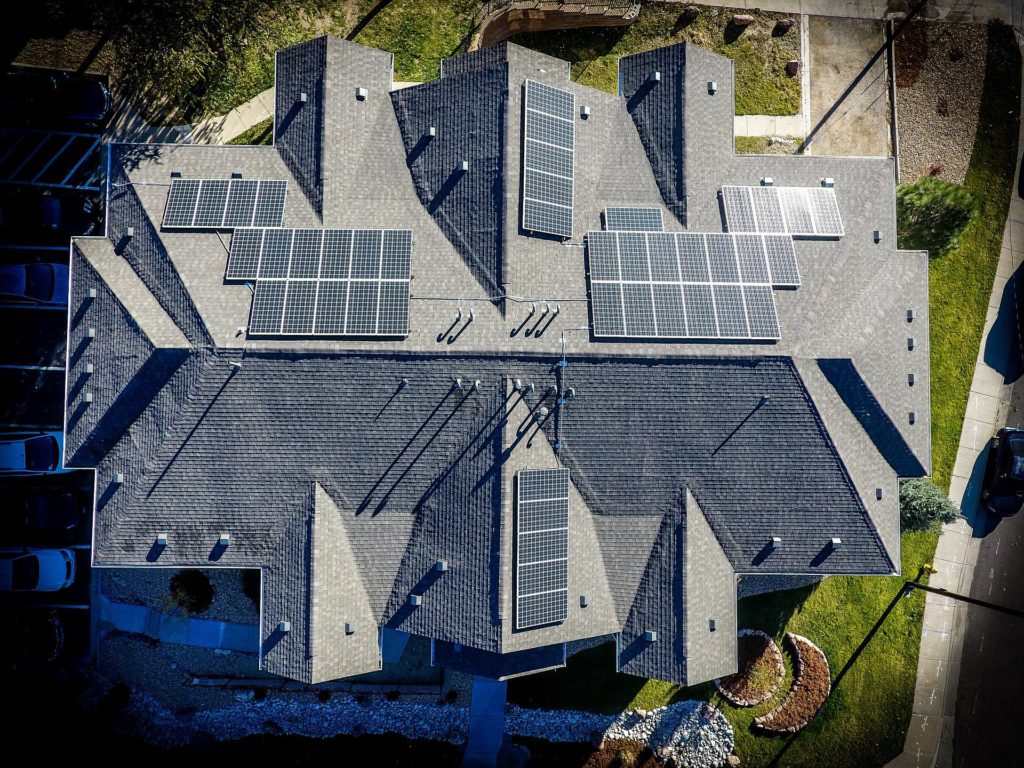
Maybe you’ve thought about going solar for a while to save on your electricity bill, but don’t want to deal with installing solar panels if you opt for rooftop solar. Or perhaps you are a big solar advocate looking to reduce your carbon footprint, but you’re currently renting a property. Whether your goal is to save money, support clean energy, or both, you might be curious to know how community solar programs work, what the pros and cons are, and get some information on available incentives and energy credits.
Downsides of Community Solar
#1 Still Growing
First and foremost, the most significant barrier you’ll run into with community solar programs is that they aren’t available in every state. So far, community solar projects are located in 39 states, plus Washington, D.C., and only 22 states, plus Washington, D.C., have policies that support community solar. However, thanks to the Inflation Reduction Act, there will be tax credits and rebates for consumers who buy electric cars, install solar panels or make other positive environmental changes to their homes. This means we should expect to see a rapid increase and adoption of community solar programs nationwide.
#2 Not Eligible for Solar Rebates and Tax Credits
By going solar through a subscription model instead of installing your own on-site panels, many customers won’t be eligible to receive certain solar rebates and tax credits offered by governments and utility companies. Many of these incentives are only available to people who purchase and own a solar system, meaning if you can’t afford to install your own panels, you may miss out on these incentives.
The advantages listed below might make up for that, especially for renters looking for a way to support solar projects or homeowners who don’t want to spend thousands of dollars on upfront energy costs.
Advantages of Community Solar
#1 No Upfront Costs
One of the biggest draws to community solar as opposed to rooftop solar is that property owners don’t have to deal with a 3rd party’s upfront costs and installation logistics for their home solar system. Instead, you get all the benefits of solar power by subscribing to an offsite solar array. A private solar system to meet the energy demands of an average-sized home can cost anywhere from $11,000 to $40,000, depending on the type of panels selected, labor costs, and which tax credits you’re eligible for. It can take anywhere from 10 to 30 years for that investment to pay for itself through home-energy generation. With community solar programs, there typically are no upfront investments from customers to start the solar project and build the solar array.
#2 Save Money With Solar Bill Credits
By opting for the subscription model and joining an off-site or remote solar system program, customers get energy bill credits through their local utility for energy generation from the community solar project. This is one of the greatest benefits of community solar, and it’s called virtual net metering. Virtual net metering is an important aspect of community solar programs and how customers can save money by subscribing to a solar farm.
#3 Reduce Your Carbon Footprint
Burning fossil fuels for energy production and transportation is causing rampant climate change and has many other negative environmental impacts and human health issues. By spending money on and supporting clean and renewable energy sources, you help pave the way to a better future for our planet and future generations. This is true regardless of whether you choose to install solar panels directly on your property or if you decide to sign up for a community solar project such as Clearway Community Solar.
So, is community solar a good deal? It depends on your circumstances, but most people can benefit from solar power through financial savings, bill incentives, and decreasing their dependence on fossil fuels.









